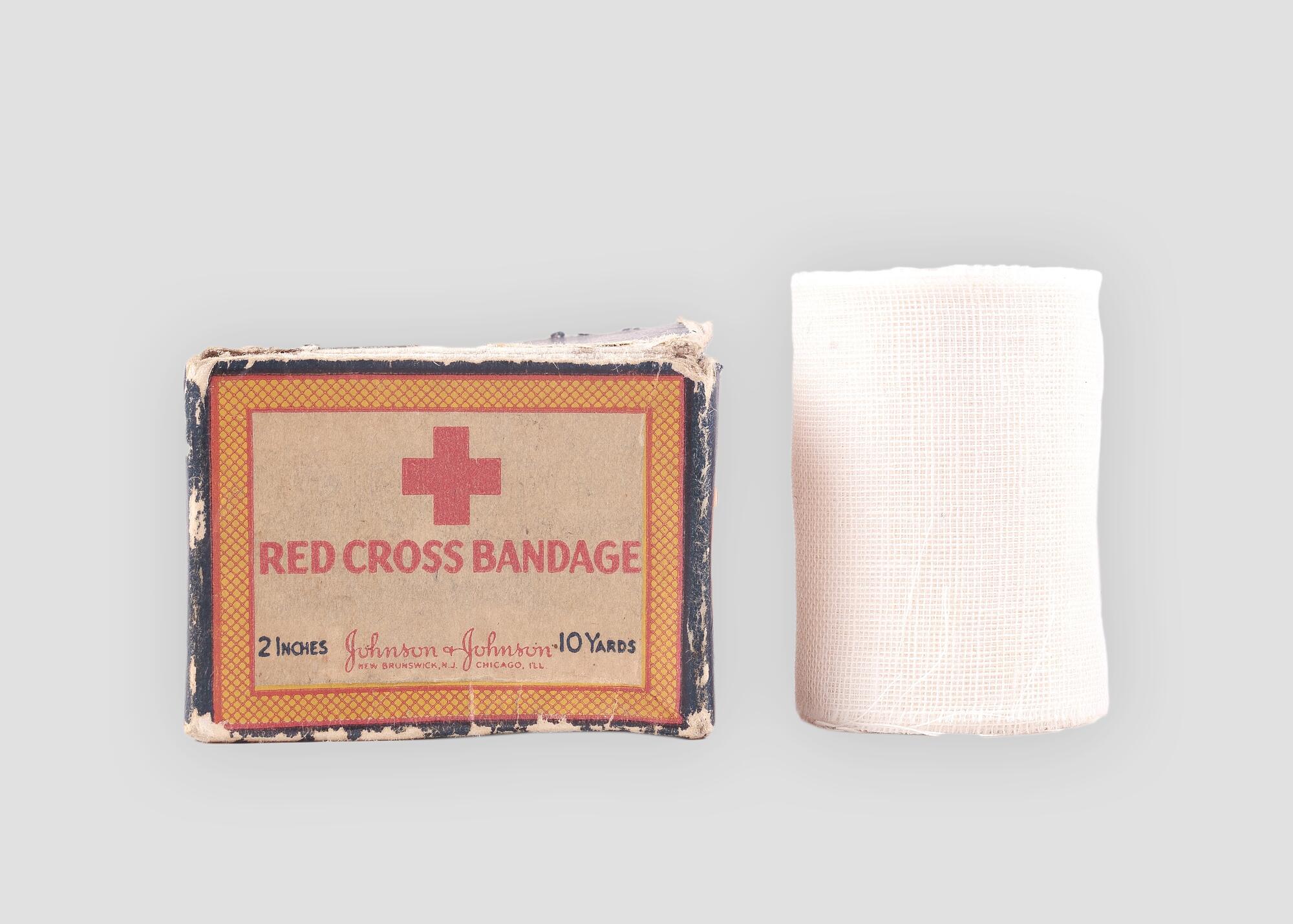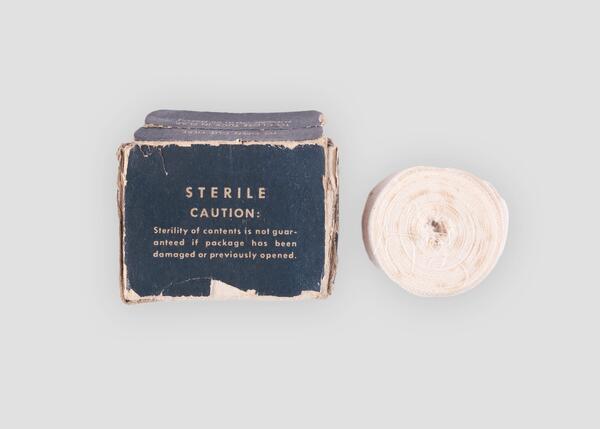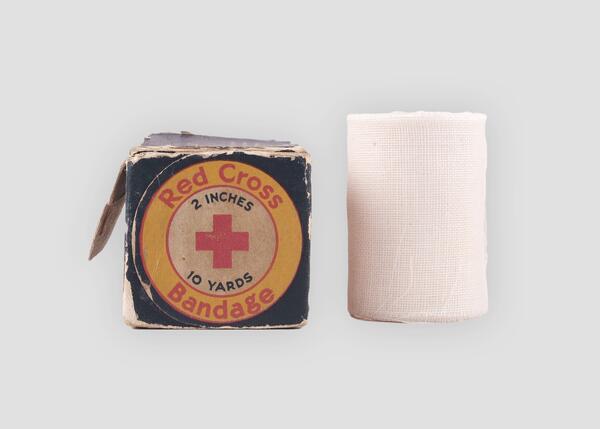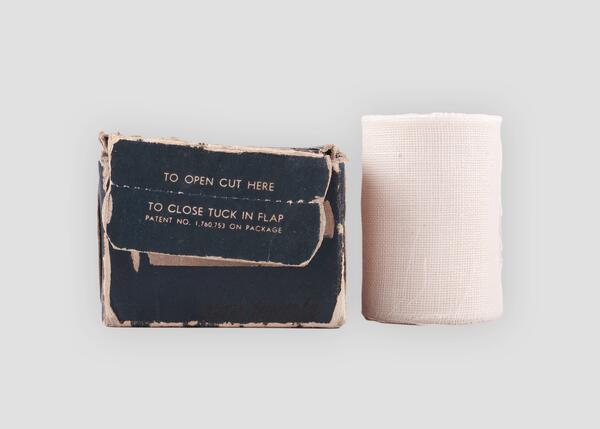With the advent of the 19th century, military conflicts began to acquire an increasingly aggressive character, mass conscription into the army replaced recruitment, the number of soldiers killed and wounded in battle increased dramatically — it was then that military medicine gained particular importance. For medical science, war provided a unique opportunity to study how wounds affect the human body and develop new ways of treating and rehabilitating patients.
During the Great Patriotic War, Soviet medicine showed excellent figures: 71% of soldiers returned to service after recovery. However, the percentage of successful operations and the number of lives saved depends not only on the professional capabilities of doctors, nurses and orderlies. Instruments, medicines, and dressing materials also play an important role. With the beginning of the war, equipment became very scarce: medical supplies were left on enemy-controlled territories, medical factories were unable to evacuate on time or were in the process of being transferred to unoccupied territories in the east of the USSR. By the end of 1941, this led to production rates of medical equipment dropping to 8.5% when compared to prewar numbers — and all this happened when the demand for medical supplies increased manifold.
Used bandages were laundered in hospitals, doctors had to work without such anesthetics as ether and morphine, vital drugs like sulphanilamide, novocaine, glucose, Pyramidon and aspirin. The Lend-Lease Act helped cover the acute shortage of medicines and tools. Under Lend-Lease, medicines, surgical instruments, syringes, needles, suture thread, chloroform, and various medical devices were supplied to Soviet hospitals. This helped significantly reduce the mortality rate of Soviet servicemen from wounds and infections. In general, Allied supplies provided up to 80% of the needs of the Soviet military medical service.
The Lend-Lease Act involved famous American corporations: Ford constructed a tire factory and supplied the USSR with cars, Hormel Foods Corporation exported Spam and stewed meat, Johnson & Johnson sent medicines, sanitary and hygienic goods and medical equipment.





